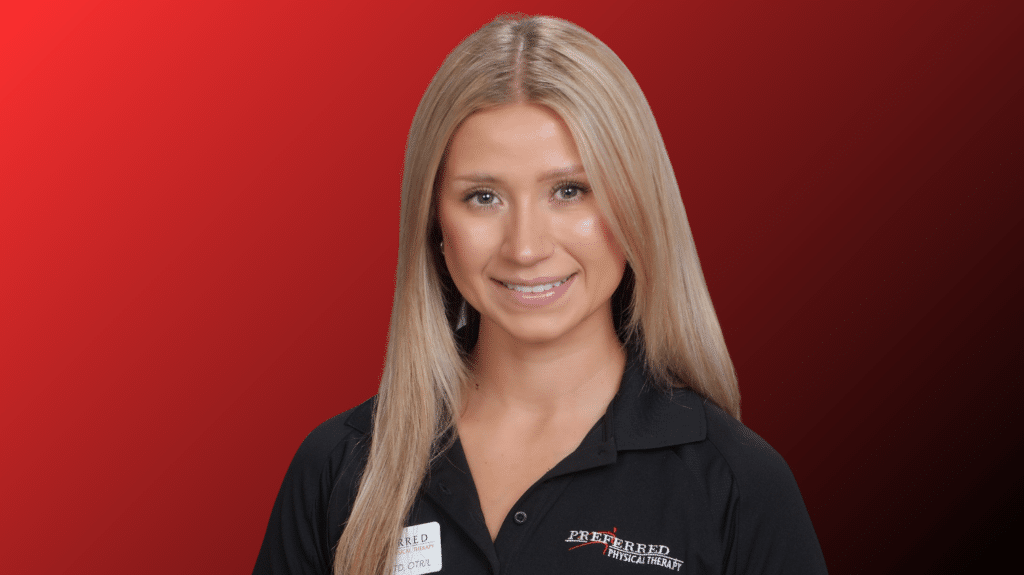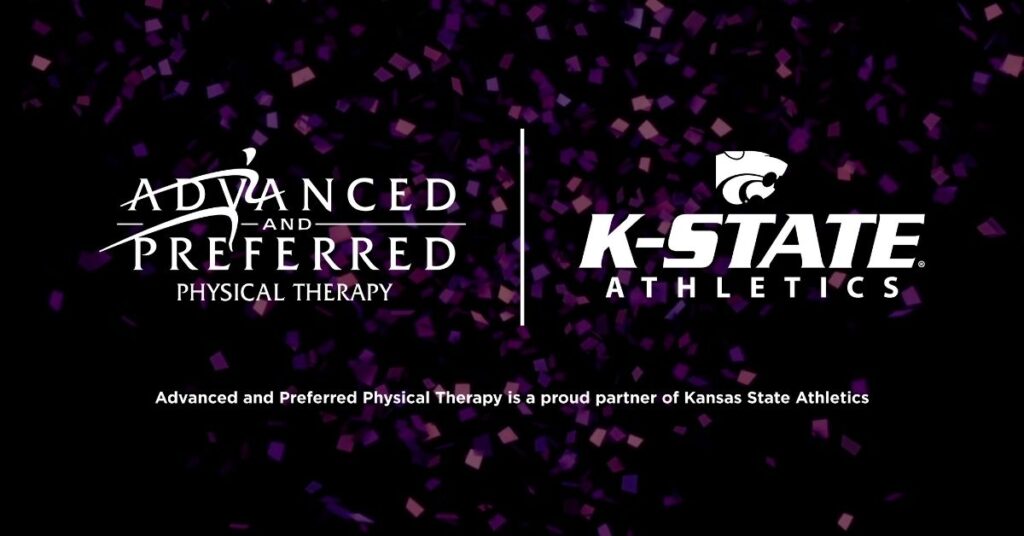W-Sitting: What is it?
As pediatric therapists, we often disguise therapy as playtime. We also promote playtime and educate parents on its importance. One thing we screen for while a child is playing is W sitting.
W sitting is when a child sits on the floor, turning their legs out and backward. If you were looking at them from the top, their legs would be in the shape of a “W”. Most people have heard of W sitting but may not recognize what it is and the importance of correcting it. There are 3 main reasons we focus on correcting this in our patients
W sitting reduces core strength: When a child is sitting in the W position, they have a wide base of support with their legs. Due to this, they require little use of their core muscles to stay upright. This can result in a weak core which can lead to long term issues such as difficulty completing fine and gross motor tasks, especially once they become school age. When sitting in other positions, the core muscles are engaged to maintain balance.
Stress on Joints: When a child is in the W position, it puts unneeded stress on the knees and hips. Think about how your body would feel after sitting in that position….your hips and knees would be achy! Now think about how your body would feel if you sat like that for years. Their joints may not bother them now, but if it is not corrected it can cause future orthopedic problems in the knees and hips later in their life.
W sitting is a “fixed” or “static” position: When a child is sitting in the W position it does not allow for trunk rotation, twisting or turning to reach toys on both sides, or to reach across their body. They are fixed with what is in front of them and only use L hand for items on L side and R hand for toys on R side. This decreases developing hand preference, which is needed for handwriting and other tasks later in life. Children need to be able to engage with the environment and play in dynamic positions to allow for proper development.
The good news is the W sitting can easily be corrected. Knowledge is power, so now that you know what you are looking for and why it needs to be corrected, you can start at home by not letting it become a habit for your child or by using some guided correction techniques. There are three positions we recommend teaching your child. The first is “long sitting”, which means their legs are straight out in front of them. The second is legs to the side, while sitting the child bends their knees and tucks their knees to one side or the other. The last is criss cross (often referred to in school as criss cross applesauce). When you notice your child is in the W position, cue them to “fix their feet” and look for them to get in one of these positions. Consistency is key! If they are to young to respond to verbal cues then move their legs into these positions yourself and encourage play while maintaining the new position. As you begin to break the habit of W sitting, your child will need less and less cueing.
If you notice that your child cannot maintain these three positions due to core weakness, talk to your doctor about your concerns. They may educate you on how to integrate more core work into play time. Or therapy might be an option for you. #wetreatthat.
Written by Melissa Edwards, PTA



